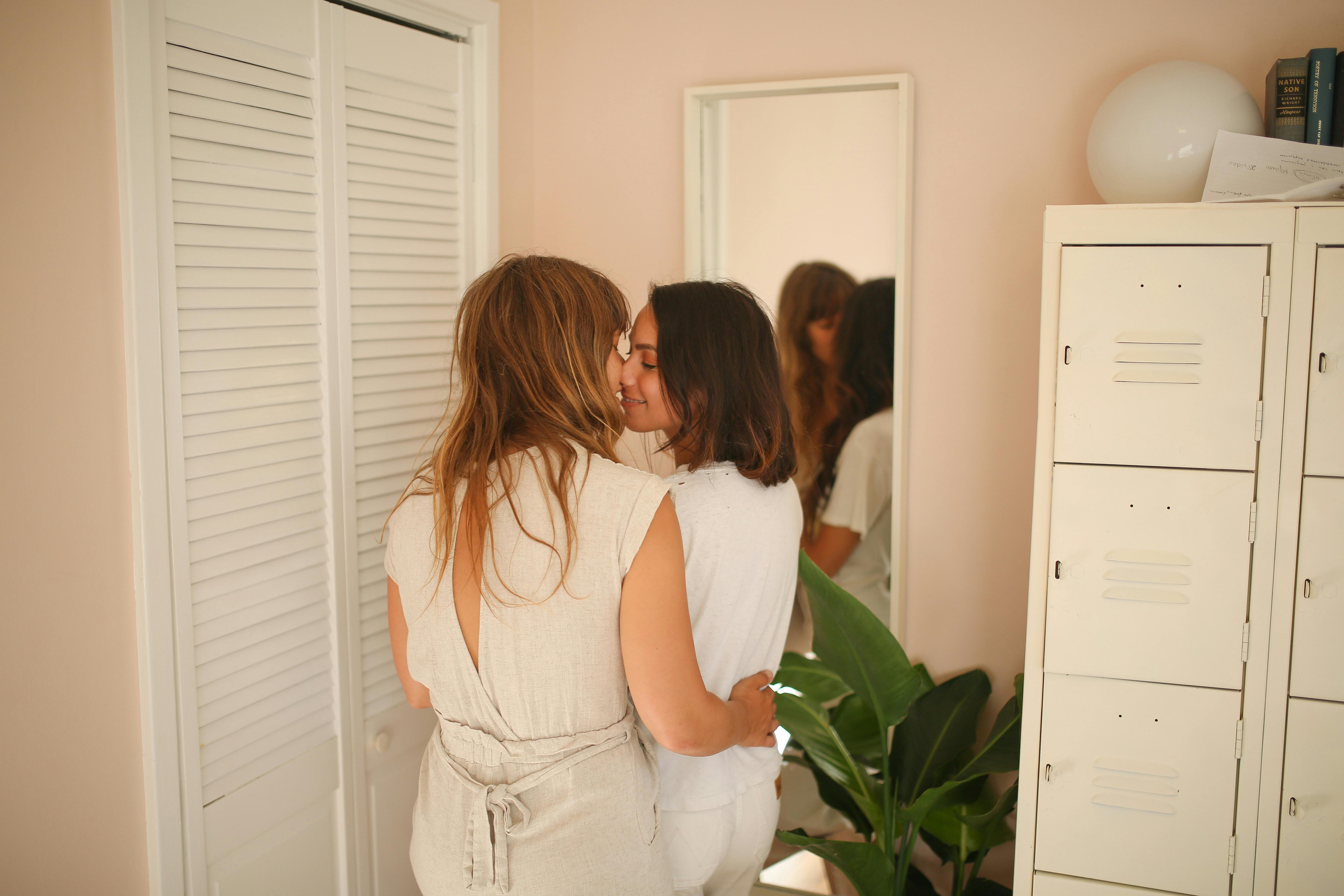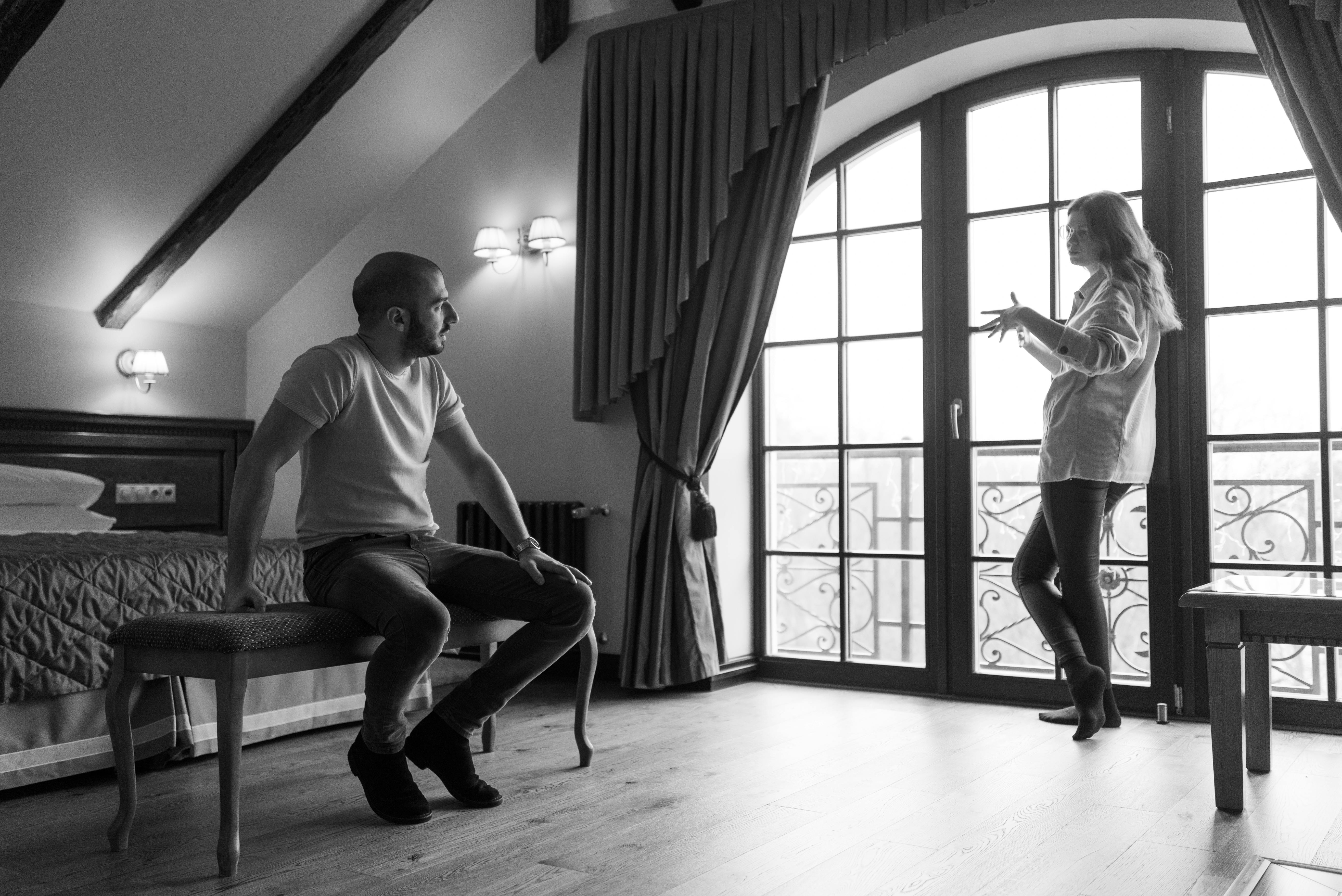Athlete’s foot is caused by parasitic fungi that often attack the feet. Many people suffer from this disease, as the organisms that cause it are spread from contaminated soil around swimming pools and showers. The skin between the toes is most often attacked, but the disease can spread to any part of the feet and can flare up on the hands. However, what appears on the hands is usually caused by toxins absorbed into the bloodstream and not by the organisms themselves.
As athlete’s foot develops, blisters or cracks appear on the skin, which softens, turns white, and flakes off in scales. There is itching and burning, occasionally pain. The disease is more serious in hot climates than in cold climates.
to do
- Keep affected skin areas as cool and dry as possible. Wearing sandals or open shoes will help.
- Protect other family members by refraining from walking around the house barefoot, especially in the bathroom. Do not use the family shower, and before using the bathtub, soak your feet for at least five minutes in a warm, saturated solution of boric acid.
- Every night before going to bed, wash your feet briefly with mild soap and warm water. Then soak the feet for 15-30 minutes in a warm saturated solution of boric acid. If boric acid solution is not available, use a warm saline solution (one tablespoon of table salt to one liter of water). Then, with a bit of gauze, pick and rub down all the loose bits of skin, being careful not to get any of the contaminated material under your fingernails. Then apply an athlete’s foot cream, carefully working into the affected skin, especially between the toes.
- Every morning, wipe off any remaining medicated cream with a dry gauze pad and dust the skin area with antiseptic powder.
- Wear cotton socks, preferably white, changing them daily. To hose wash, boil for ten minutes or reinfection is certain.
- If sores appear on the hands, use only mild ointments. If the itching is severe, apply 1 percent phenol in calamine lotion. When the sores on your feet have healed, the sores on your hands will probably go away.
- To prevent a relapse after the infection appears to be cured, apply a 2 percent mercury ammonia ointment each night and talcum powder containing 1 percent salicylic acid each morning, continuing treatment for several weeks. Sprinkle the same powder on the shoes every day.
- In severe cases, avoid the feet as much as possible and use the baths and medicated cream as in (3) twice a day instead of once.
- In a persistent case consult a dermatologist. An antibiotic is often helpful, but this requires a prescription.
- The person with athlete’s foot should be considerate of others and not use public showers or swimming pools until the infection is completely cured.


